14 Vintage Things That Were Totally Normal But Would Go Absolutely Viral Today For The Wrong Reasons
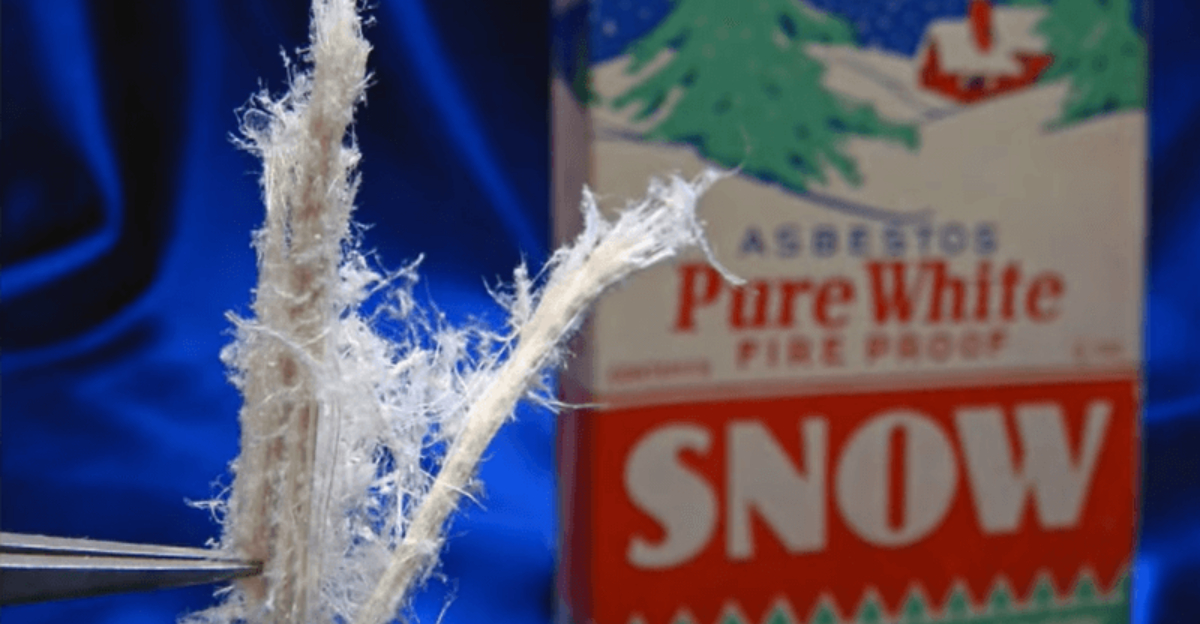
Remember when our grandparents used to spin tales about the “good old days” — simpler times filled with penny candy, soda fountains, and walks uphill both ways?
Well, not to burst the nostalgia bubble, but some of those beloved memories might leave us scratching our heads (or gasping in disbelief) today. Back then, things that seemed totally normal — even wholesome — would likely cause full-blown social media meltdowns now.
Think children’s toys with shockingly inappropriate themes, doctors endorsing cigarettes in ads, or health tonics laced with ingredients we now keep far away from medicine cabinets. Yikes. It’s a fascinating, and sometimes cringeworthy, peek into how far we’ve come — and how fast culture can shift.
So grab your time-traveling curiosity and join us as we explore the vintage oddities, eyebrow-raisers, and “they really did that?” moments that were once perfectly normal… and now serve as hilarious (and sometimes horrifying) reminders of a very different world.
1. Cigarette Ads Featuring Doctors

Flipping through vintage magazines always gives me a shock when I spot physicians endorsing cigarettes. Doctors in crisp white coats smiled while recommending specific tobacco brands ‘for your throat’s protection.’ Some ads even claimed smoking could improve respiratory health!
The 1940s and 50s saw tobacco companies competing for medical endorsements, with brands like Camel boasting that ‘more doctors smoke Camels than any other cigarette.’ Marketing firms would set up at medical conventions, offering free cigarettes to doctors before surveying them about their preferred brands.
Imagine scrolling through Instagram today and seeing your family doctor promoting Marlboros! These advertisements would trigger immediate outrage, medical license investigations, and probably a congressional hearing on medical ethics.
2. Radioactive Beauty Products

My grandmother once mentioned her mother using ‘special’ face cream that promised to make her skin glow. Little did they know it literally made users glow—with radiation! The 1930s beauty market was flooded with radioactive cosmetics containing radium, thorium, and uranium.
Tho-Radia cream, created by a doctor who worked with Marie Curie, contained thorium chloride and radium bromide. Women applied these dangerous substances directly to their faces, believing radiation would energize their skin cells and create a youthful appearance.
Companies marketed radioactive face powders, lotions, and even bath salts as scientific miracles. The Radior brand sold radioactive compacts while Artes created ‘Radium Schokolade’—actual radioactive chocolate!
3. Baby Cages Hanging From Windows
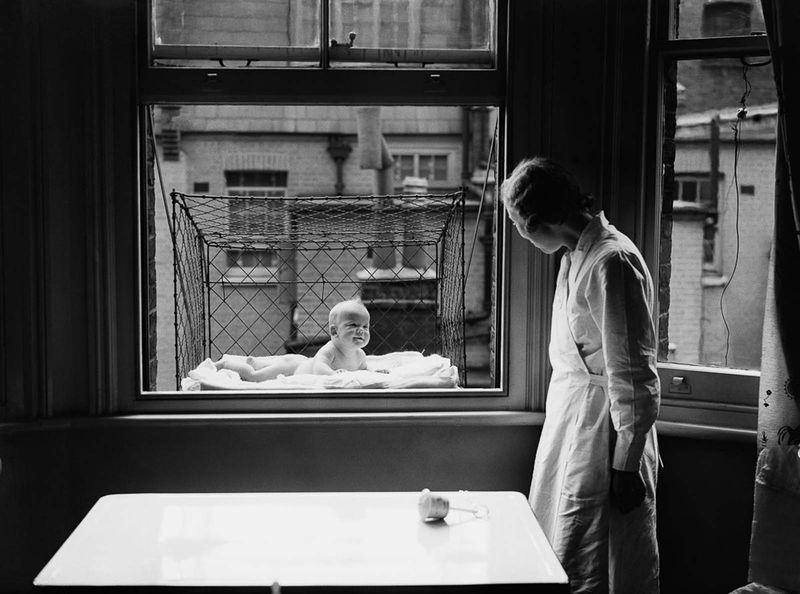
Apartment living with babies used to involve a truly hair-raising solution I discovered while researching my family history. In the 1930s, mothers in crowded cities would place their infants in wire cages suspended from apartment windows! These ‘baby cages’ resembled air conditioner mounts but held precious human cargo instead.
The contraptions became popular after Eleanor Roosevelt endorsed them, believing babies needed fresh air and sunshine. Patents for these devices assured parents they were secure, featuring sturdy metal frames and wire mesh to prevent falls while allowing airflow.
Photographs from this era show babies dangling several stories above busy streets, happily playing with toys while suspended in mid-air. Can you imagine the social media firestorm if modern parents installed window cages for their infants? Child protective services would be summoned immediately.
4. Children’s Toy Chemistry Sets With Real Chemicals
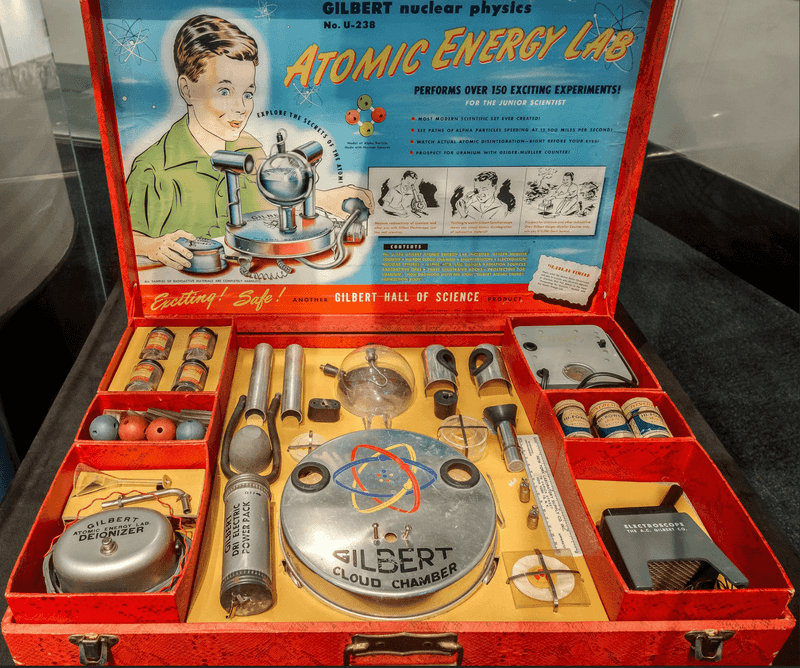
Santa brought me a science kit last Christmas, but it was nothing like the chemistry sets my grandfather received in the 1950s! Those vintage sets contained actual radioactive materials, explosive chemicals, and dangerous compounds that would make today’s safety inspectors faint.
Gilbert Chemistry Sets, popular from the 1920s through the 1960s, included potassium nitrate (used in gunpowder), sodium ferrocyanide, ammonium nitrate, and sometimes even small amounts of uranium ore. The instruction manuals encouraged kids to create explosions, generate poisonous gases, and handle corrosive substances with minimal safety equipment.
Parents proudly watched their little scientists mix potentially lethal compounds on kitchen tables across America. YouTube would explode with reaction videos if modern toy companies sold kits containing radioactive materials to 10-year-olds!
5. Asbestos Christmas Decorations
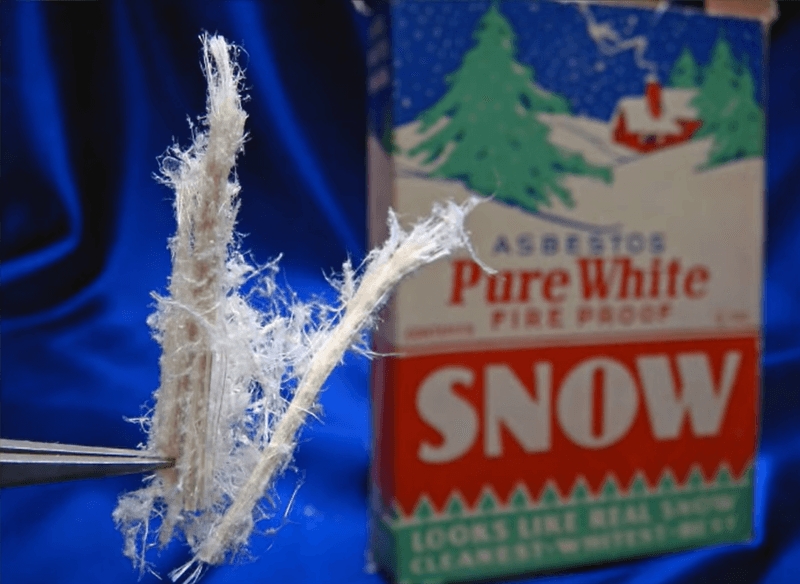
Grandma’s attic held a beautiful box of vintage Christmas decorations that would horrify modern health inspectors. Throughout the mid-20th century, families decorated their homes with pure white ‘snow’ made entirely of asbestos fibers! I was shocked when I learned this dangerous mineral once covered Christmas trees, windowsills, and fireplace mantels nationwide.
Companies marketed asbestos as ‘pure white fireproof snow’ that wouldn’t burn when placed near hot Christmas lights. Department stores created elaborate window displays where employees would carelessly handle and spread asbestos fibers without gloves or masks. Some products even encouraged children to play with the material!
The Johnson & Johnson company sold ‘Snow Drift’ asbestos in bags for home decoration. Families would sprinkle it on tree branches or create winter wonderland scenes, completely unaware they were filling their homes with carcinogenic fibers.
6. Cocaine in Common Medications
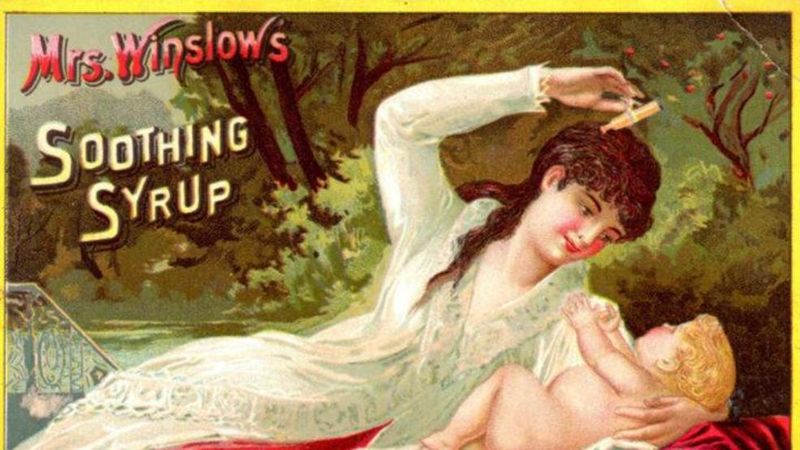
Rummaging through an antique store last summer, I found a medicine bottle that claimed to cure everything from toothaches to depression—thanks to its ‘special ingredient’ cocaine! Before regulation, cocaine appeared in countless over-the-counter products that families kept in their medicine cabinets.
Coca-Cola famously contained cocaine until 1903, but that was just the beginning. Children’s teething remedies contained cocaine to numb gum pain. Toothache drops, cough syrups, and even hemorrhoid treatments featured the drug as an active ingredient.
Famous products like Mrs. Winslow’s Soothing Syrup combined morphine and alcohol for fussy babies. Parents would unknowingly administer these potent narcotics to infants. Imagine the viral outrage if modern pharmaceutical companies marketed cocaine-laced children’s medicine!
7. Lead-Based Makeup

My fascination with vintage beauty routines led me to discover something terrifying: for centuries, the most coveted complexion products contained lead! Queen Elizabeth I’s iconic white face was achieved using ‘Venetian ceruse’—a mixture of lead carbonate and vinegar that slowly poisoned her.
Women applied this toxic paste to achieve the fashionable pale look, often developing tremors, hair loss, and rotting teeth as a result. The lead would eventually eat through facial tissue, requiring heavier application to cover the damage.
Even as recently as the 1970s, some mascaras contained lead, causing eye infections and vision problems. Beauty influencers today would have a field day exposing these dangerous cosmetics! Viral video essays would track the horrifying health effects, while dermatologists posted reaction videos expressing shock at historical beauty standards.
8. Tapeworm Diet Pills
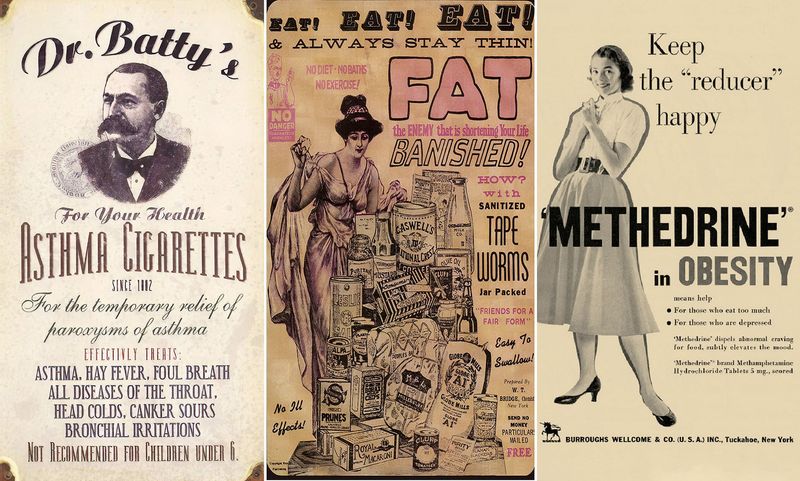
While researching bizarre weight loss methods for a college paper, I stumbled upon advertisements for what might be history’s most horrifying diet plan: intentionally ingesting tapeworm eggs! In the early 1900s, people willingly swallowed pills containing tapeworm eggs to lose weight.
These parasites would grow inside the intestines, consuming a portion of whatever the person ate. Advertisements promised women could eat whatever they wanted while still losing weight, conveniently omitting the severe health risks.
Side effects included malnutrition, dangerous intestinal blockages, and even death—but the marketing focused solely on achieving the ideal figure. Imagine the social media explosion if a modern company marketed parasite-based weight loss! Medical professionals would create viral debunking videos, while health authorities launched immediate investigations.
9. Lawn Darts

Last summer at my family reunion, my uncle couldn’t stop laughing about the ‘death darts’ they played with as kids. Lawn darts (or Jarts) were popular backyard toys in the 1970s that would trigger immediate product recalls today. Imagine giving children weighted metal spikes with fins and encouraging them to throw them through the air!
These foot-long projectiles had sharp metal tips that could easily penetrate a skull. The game involved tossing these dangerous darts toward plastic rings on the ground, often while other children ran nearby. Manufacturers marketed them as family-friendly entertainment, suitable for children as young as eight.
Despite causing thousands of injuries and several deaths, lawn darts remained on the market until 1988. The Consumer Product Safety Commission eventually banned them after a 7-year-old girl was killed by a stray dart.
10. Lysol as Feminine Hygiene Product

While organizing my grandmother’s old magazines, I discovered advertisements that made my jaw drop: Lysol—yes, the harsh disinfectant—was once marketed as a feminine hygiene product! From the 1920s through the 1960s, women were encouraged to douche with this caustic chemical mixture.
Advertisements used coded language suggesting Lysol could prevent pregnancy while maintaining ‘feminine daintiness.’ The ads often implied that marriage problems stemmed from ‘feminine odor’ that only Lysol could solve. Women suffered chemical burns, severe irritation, and sometimes fatal poisoning from following these recommendations.
The original formula contained cresol, a phenol compound that could cause inflammation, burning, and even death when used internally. This dangerous practice continued for decades despite the obvious risks. Social media would explode if modern cleaning products suggested internal use!
11. Giving Children Whiskey for Teething Pain
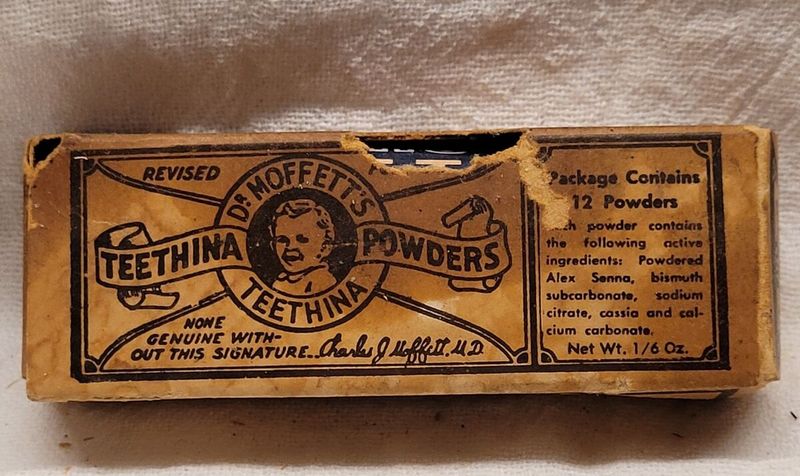
My great-aunt shocked everyone at Thanksgiving when she casually mentioned how her mother would rub whiskey on her gums as a baby. Turns out, alcohol was a common remedy for teething pain for centuries! Parents would apply whiskey, brandy, or gin directly to babies’ gums or add it to their bottles.
Medical books from the 1800s through the early 1900s recommended alcohol for fussy teething babies. Some parents would dip pacifiers in whiskey or brandy, while others followed recipes for ‘teething cordials’ that combined alcohol with morphine or opium. Popular commercial products like Woodward’s Gripe Water originally contained nearly 4% alcohol along with other questionable ingredients.
Even respected pediatricians recommended small amounts of alcohol for infants well into the mid-20th century. Just imagine the viral outrage if a modern parenting influencer posted a video of rubbing whiskey on a baby’s gums!
12. Shoe-Fitting X-Ray Machines
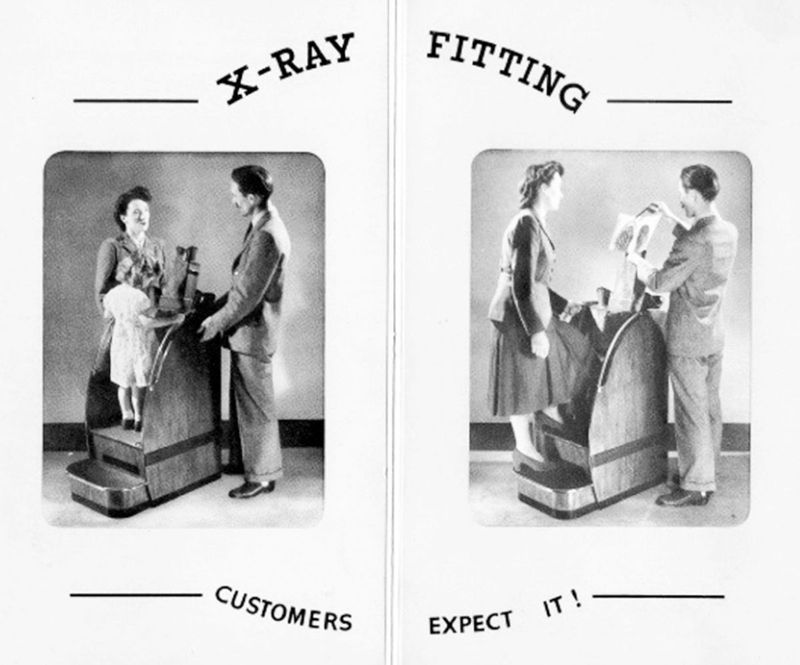
Shopping for school shoes was a radiation-filled adventure in my dad’s childhood! From the 1920s through the 1970s, shoe stores featured fluoroscopes—X-ray machines that let customers see their foot bones inside shoes to check the fit.
These wooden cabinets with viewing ports allowed children and parents to watch their skeletal feet wiggle while sales associates adjusted settings. Kids would often play with these machines, repeatedly exposing themselves to radiation.
The machines leaked radiation in all directions, exposing not just feet but reproductive organs to harmful rays. Some children received radiation burns from repeated use. Despite being marketed as scientific and modern, these devices delivered radiation doses up to 116 roentgens per minute—far exceeding safety limits!
13. Mercury as Medicine
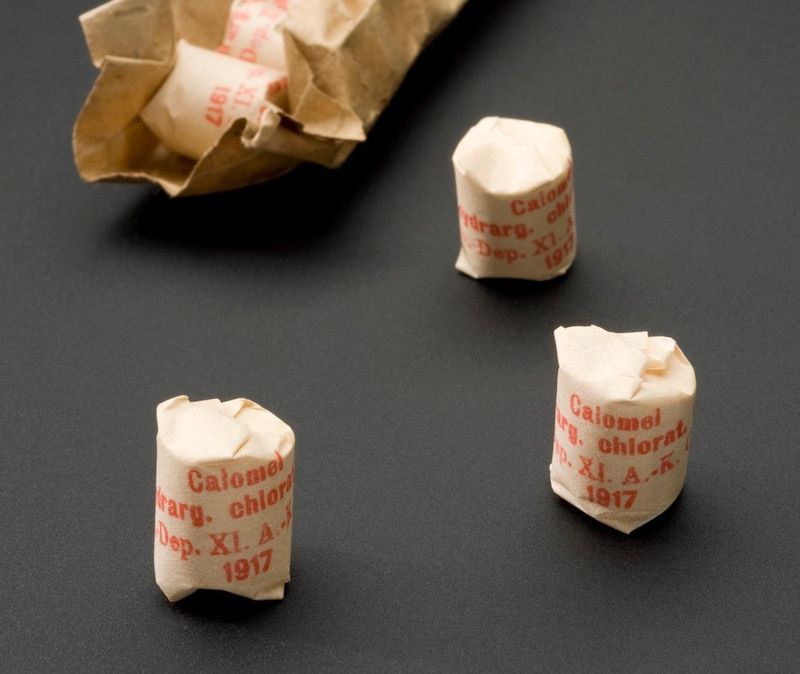
Cleaning out my grandfather’s old medicine cabinet last spring, I found a mysterious blue pill bottle that turned out to contain actual mercury! For centuries, doctors prescribed this toxic heavy metal for everything from depression to syphilis, constipation, and even as a general ‘health tonic.’
Calomel (mercurous chloride) was one of history’s most prescribed medications, especially for children with worms or digestive issues. Patients would experience profuse salivation, mouth ulcers, tooth loss, and neurological damage—symptoms doctors bizarrely interpreted as signs the treatment was working!
Hat makers famously suffered ‘mad hatter syndrome’ from mercury exposure in their profession. Yet doctors continued prescribing mercury well into the 20th century despite mounting evidence of its toxicity.
14. Drinking Radium Water for Health

During a tour of an abandoned spa last summer, our guide mentioned something that made my blood run cold: people once paid premium prices to drink radioactive water! The early 20th century saw a booming market for radium-infused water, marketed as a miracle health tonic.
Companies sold ceramic jars containing radium that would irradiate drinking water overnight. The Revigator, a popular uranium-lined water cooler, promised to add ‘the lost element of original freshness—radioactivity’ to ordinary tap water.
The tragic ‘Radium Girls’ who painted watch dials with radioactive paint were dying from radiation poisoning, yet people willingly consumed radium water. Eben Byers, a famous industrialist, drank several bottles daily until his jaw literally disintegrated.
